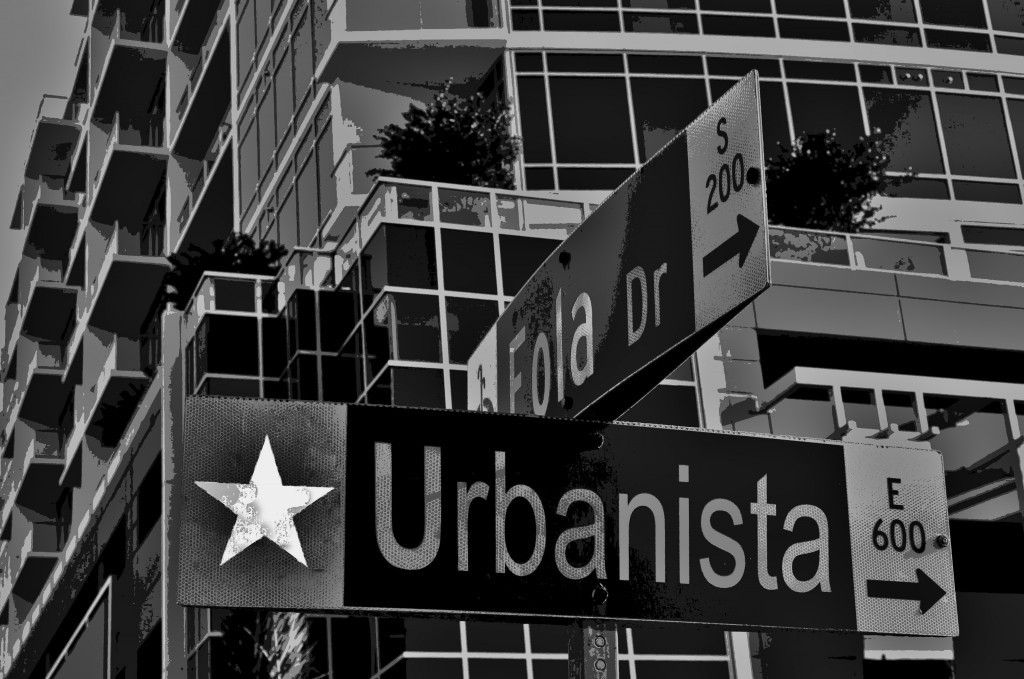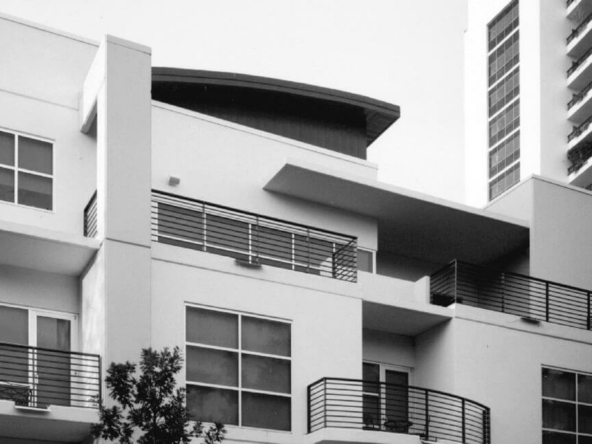
Lauren Vance has been shopping for her first home near Sacramento for five months.
The 26-year-old police officer lost 13 bids in a competitive market marked by strong investor interest and a tight supply of homes for sale. Given price increases, she’s also had to pursue smaller homes to stay inside her budget.
Almost 2,800 miles away in Jacksonville, homeowners Amanda and Chris Dean would like to buy a bigger home. But they haven’t been able to sell theirs for enough money to finance a new purchase.
“We’re at a standstill,” says Amanda Dean, 26.
Welcome to the dichotomy that is the U.S. housing market.
BY THE NUMBERS:
Six years since the start of the greatest housing collapse since the Great Depression, one doesn’t have to look very far to see signs of a recovery. Nationally, home prices are rising after more than a 30% drop since mid-2006. More good news arrived Tuesday, as the Standard & Poor’s/Case-Shiller home price index reported third quarter prices were up 3.6% from a year ago and September’s 20-city index reached its highest level in two years. Foreclosures have slowed in most of the country after having decimated hundreds of U.S. cities. Rather than being a drag on the U.S. economy, housing is now seen as a contributor to growth.
“With six months of consistently rising home prices, it is safe to say that we are now in the midst of a recovery in the housing market,” said David Blitzer, chairman of the index committee at S&P.
Yet there’s a reason housing experts and economists won’t yet pop the cork on the champagne. Just as the housing bust hit some areas harder than others, the recovery has been kind to some cities while unforgiving in others.
Despite the national numbers, the recovery is uneven, and prices aren’t rising everywhere. The still-shaky economy fuels other concerns, particularly renewed threats of recession given the looming “fiscal cliff.”
“It’s almost a ZIP code by ZIP code recovery,” says Stan Humphries, Zillow chief economist.
What’s better now?
Zillow’s data show that 183 of 252 markets nationwide hit bottom in the third quarter, after years of largely falling, and probably won’t fall more. Prices were still falling in the other 69 markets, Zillow says. Yet on a national basis, 140 economists recently surveyed by Zillow predicted home prices would rise an average 15.2% from the end of last year through 2016, or from 2.3% to 3.4% a year.
More-bullish economists, including John Burns of John Burns Real Estate Consulting, see prices rising 5% to 7% a year through 2016. If so, they’d far exceed the average 3.65% a year growth in prices that defined the national housing market from 1988 to 2000 — before the housing bubble started to form, Zillow says.
Burns argues that the housing sector has more tailwinds than headwinds and recent data have been upbeat.
Case-Shiller’s index of 20 leading cities showed September prices up 3% year-over-year, with increases in 17 of the cities on an annual basis, led by Phoenix at 20%, annual prices largely flat in Atlanta and down in Chicago and New York.
Sales of existing homes are also up, by 11% in October from the same month last year. Meanwhile, the supply of homes for sale has fallen to its lowest level in a decade, the National Association of Realtors says. That should help prices. New home sales are also doing better. After touching a record low in 2011, they increased 4% in the third quarter from the second, IHS Global Insight reported.
Beyond the sales and price numbers, the housing market has some strong drivers, economists say, including:
• Affordability. Housing is the most affordable it has been in decades.
Credit the fall in home prices and low interest rates. The U.S. average for a 30-year fixed mortgage hit a record low of 3.31% as of Nov. 21, Freddie Mac says.
Even Robert Shiller, the famed Yale University economist who helped create the Case-Shiller index, says it’s a good time to buy, assuming someone really wants to be a homeowner vs. a renter: “It’s very affordable if you want that.”
Nationally, home affordability has improved an average of 35% since the 1985-2000 period, Zillow says, based on home price and income data in 143 major U.S. markets. Consumers now spend an average 13% of their monthly gross incomes on mortgage payments vs. 20% historically. In mid-2006, at the height of the housing boom, it was 24%.
Alison and Nicholas Arnold of Wilmington, N.C., recently bought their first home: a four-bedroom, 3.5-bath home for $372,000. Their market suffered a 31% decline in home values in the past five years, Zillow data show.
The lower home prices and good interest rates enabled the couple to buy such a big home, says Alison Arnold, a 28-year-old health coach.
“We wanted something we could grow into,” she says.
• Prices. Rising prices are convincing buyers that it’s time to act.
Buyers think “they have to rush in or they’ll miss the bottom,” says Liz Ann Sonders, Schwab’s chief investment strategist. Sonders says the combination of low interest rates and rising prices has created the “inflection point” in the market where things stop getting worse and start getting better.
“Consumers now recognize that houses are not going to get cheaper tomorrow,” says Martin Connor, chief financial officer of home builder Toll Bros.
Jose Frausto, 37, a second-grade school teacher in Whittier, Calif., says he timed his first home purchase just right. The lifelong renter, along with his wife, Gabriella, 35, recently bought a $343,000 four-bedroom, one-bath home.
The Fraustos started shopping in late spring. They lost 10 home bids to cash buyers and investors. By the time they purchased, similar homes had risen in price by $10,000, Jose Frausto says. Median home prices in the area fell 36% from 2006 through 2010, DataQuick data show.
“I think I got in at the right time,” Jose Frausto says.
Even if home price gains slow from their current pace, the fact that they’re not falling will help more buyers get into the market, says Glenn Kelman, CEO of online brokerage Redfin.
• Stronger economy. The nation’s unemployment rate dropped to 7.9% in October from its peak of 10% in the fall of 2009. Employed people buy homes and are less likely to default on home loans. Stock prices are up despite recent jitters about the fiscal cliff. The Conference Board reported Tuesday that consumer confidence in November was at its highest level in 4 1/2 years and that 6.9% of those surveyed said they plan to buy a house within six months. That’s the highest percentage in two years.
As the economy improves, so does the pace of how quickly people form households, which drives housing demand. At the depth of the financial crisis in 2008, household formation fell to one-fourth its historical level. Now, it’s clawed back to about half its historical level, says economist Humphries.
Some of those new households are likely to be home buyers instead of renters, given the rising cost to rent and the diminished cost to own, says Jed Kolko, chief economist of real estate website Trulia.
In 100 large metros, the average cost of owning a home is now 45% cheaper than renting, Kolko’s data show. That calculation considers the tax benefits of owning and assumes that someone lives in the house for seven years.
Near the height of the housing bubble six years ago — when home prices and mortgage rates were far higher — it was 13% cheaper to rent than to own, Kolko’s analysis shows.
Despite signs of strength, housing analysts who fear continued weakness say the market’s growing strength lacks durability. Indeed, some economists worry that prices may resume falling if the U.S. suffers from the slowing global economy or the European debt crisis, or falls into recession from the combination of federal tax increases and spending cuts on tap in January.
“While there’s a good chance prices will go up from here, I’m still not ready to call the bottom,” Shiller said in a recent interview with USA TODAY. He has repeatedly expressed concerns that home prices won’t rise much for years or could even fall, given a big economic shock.”There’s such wishful thinking that it’s all fixed. … We have a lot of headwinds.”
Among his worries:
• Underwater homeowners. Nationwide, 45% of the almost 50 million homeowners with a mortgage have less than 20% equity in their homes, CoreLogic data show.
To get the best interest rates on a mortgage, 20% down payments are often the norm. If people can’t sell homes and walk off with enough money to put down on a new home — plus pay a Realtor’s commission — they won’t sell, says Mark Hanson, an adviser to professional investors on housing and mortgage issues. If they don’t sell, they won’t buy.
Federal Reserve Chairman Ben Bernanke, in a Nov. 15 speech, also noted “signs of improvement” in most parts of the country, but he added that the housing market is “far from being out of the woods.” He said tight credit conditions might be one of the culprits, arguing that “overly tight lending standards” may be preventing creditworthy borrowers from buying homes, thereby slowing the revival in the housing market.
• High delinquency rates. Some markets are also still deeply mired in the foreclosure crisis. Nationwide, 11% of mortgages were 30 days or more delinquent or in foreclosure as of September, data from mortgage tracker Lender Processing Services show.
But in some states, those percentages are far higher, including Florida at 21% of loans, New Jersey at 16%, New York and Illinois at 14% and Maryland at 13%. In all those states, foreclosures must go through the courts, so they take months longer to complete than in states where court approvals aren’t required.
Those foreclosure pipelines will “weigh on the market” in those states and cities, economist Kolko says.
• Slight shifts in surging markets. Signs of cooling are emerging in some of the hottest markets, including Phoenix and Las Vegas, which were among the hardest hit during the foreclosure crisis.
Of 100 of the largest metropolitan regions, Phoenix posted the biggest price gain in September with a 22% year-over-year jump, CoreLogic data show. Las Vegas came in fifth with an almost 11% increase. Both cities have seen strong interest from investor buyers, who are turning single-family homes into rentals.
But October single-family median sale prices were flat after eight months of increases, the Greater Las Vegas Association of Realtors says. In Phoenix, big investors are showing less interest as bargains become tougher to find, says Mike Orr, real estate expert at Arizona State University.
Hanson warns that the shifts in Phoenix, Las Vegas and parts of California foreshadow the beginning of the nation’s “hangover” and lack of “durability” in this year’s recovery. He says sales volume will fall off as investors, who have gorged on foreclosures for the past year, back off in the face of rising prices and limited supplies of houses for sale.
In the past year, the Fed has pushed 30-year mortgage interest rates down from above 4% to just over 3%.
That’s persuaded many fence-sitters to buy, says Steven Ricchiuto, chief economist at Mizuho Securities. He, too, worries that demand might falter once the fence-sitters are gone, given the nation’s still-high unemployment rate at 7.9%.
“After a while, you run through those people and there’s no one to follow them up,” Ricchiuto says.
Challenges for buyers
In the meantime, shoppers such as police officer Vance are navigating housing markets that have seen some fast changes.
When Vance started shopping, she’d get 10 new listings to view each week in her $160,000 price range. But in recent months, she got just two or three.
Given fewer foreclosures and high investor demand, the Sacramento area had just a 1.9-month supply of homes for sale in October vs. the six-month supply that Realtors generally consider to be a balanced market. As a result, Sacramento prices were up almost 7% in September year-over-year, CoreLogic says.
Vance is finally under contract to buy a home. But instead of getting one with three bedrooms, she’s gone with two, says Rob Baxley, her Realtor. He’s had only one other buyer this year who had to put in more offers to win a home, and he sees no let-up in competition for lower-priced homes.
“The market is getting tighter and tighter. For buyers in that price range, it’s miserable,” Baxley says




